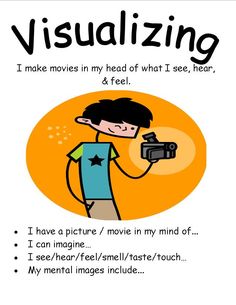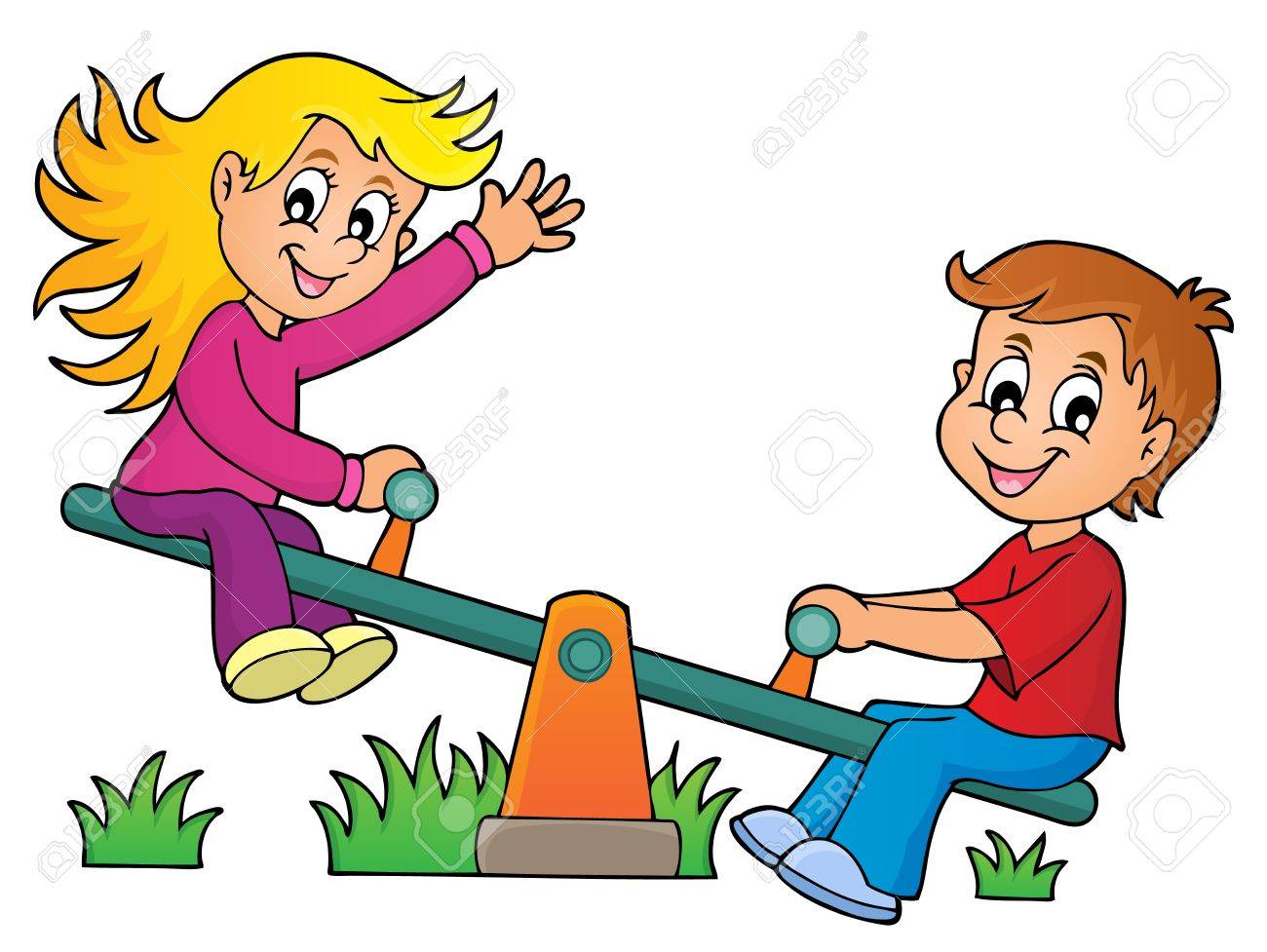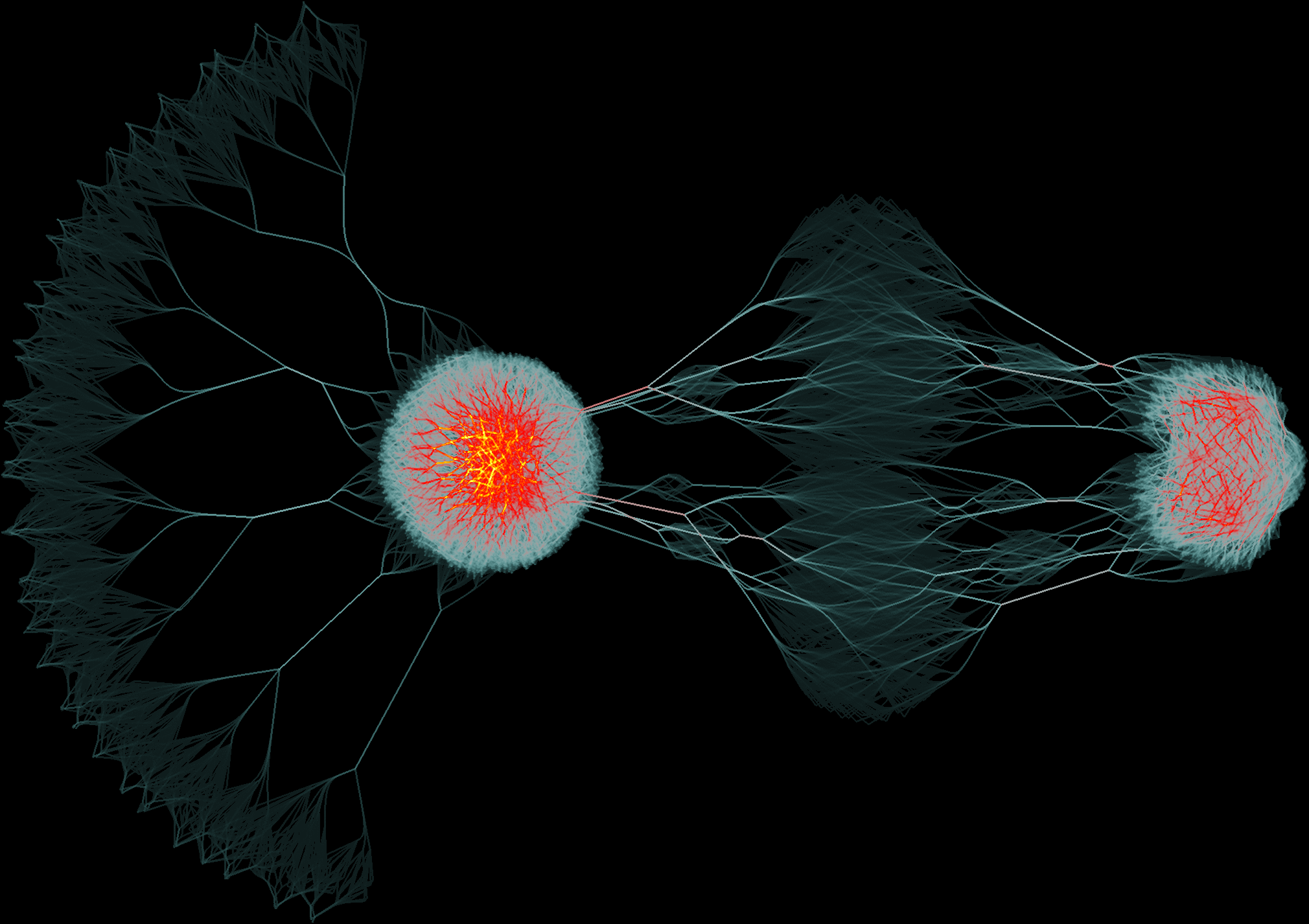


Depending on where your data comes from, you may have to clean the text to remove special characters, irrelevant words, URL links, etc. Most word cloud tools allow you to enter text directly or cut and paste, and some allow you to upload a CSV file. It can come from almost anywhere: tweets mentioning your company, online reviews, legal documents, books and stories, etc. Choose and “clean” the dataset you want to useįind the text you’d like to use to create your word visualization. So, we can be sure that even the smaller words in the cloud are among the most important. MonkeyLearn’s word cloud tool also has the added benefit of scoring words for relevance. It’s able to understand word combinations, like “easy sharing options” and “communications platform” that other word cloud tools may miss. But MonkeyLearn’s powerful natural language processing (NLP) goes beyond this. Until then, the current body of research is significant, as it reaffirms the existence of this rare condition and gives more insights on what it is like to live without the ability to create images through the mind’s eye.You can see that the largest words are the most used, and stopwords ( a, and, the, etc.) have been automatically removed. This result leads researchers to believe that although those with aphantasia lack visual imagery abilities, they appear to retain spatial memory, possibly indicating these two memory functions are stored differently in the brain.įrom the participant’s perspective, when asked about their study experience, one person with aphantasia said, “When I saw the images, I described them to myself and drew from that description, so I could only hold seven to nine details in memory.”Īnother explained, “I had to remember a list of objects rather than the picture.”īainbridge and her colleagues hope to use MRI scanning in future studies to clarify where and how aphantasia manifests in the brain.

When asked to draw directly from an image, both groups completed the task without significant performance differences. This group accurately placed objects in their drawings with fewer mistakes than participants with typical imagery abilities. However, participants with aphantasia showed no impairments in spatial memory. Their verbal representations and other compensatory strategies might actually make them better at avoiding false memories.” “One possible explanation could be that because have trouble with this task, they rely on other strategies such as verbal-coding of the space. Study lead Wilma Bainbridge, an assistant professor of psychology at the University of Chicago, said: The aphantasia group also used more symbols and text in their renditions, often relying on verbal strategies by labeling a piece of furniture or architectural component instead of drawing the details. Their items were less colorful, and they spent less time drawing them than those with typical imagery skills. They drew significantly fewer objects - 4.98 on average compared to 6.32 for the control group. When drawing from memory, those with aphantasia had difficulty remembering objects in the picture. The drawings were scored objectively by 2,795 online volunteers.Īfter gathering the data, the team adjusted for age, differences in art abilities, and visual recognition performance, and compared the participants’ abilities to perform imagery tasks with individual objects versus spatial relations among several items. The scientists then asked participants in both groups to draw the rooms, once from memory and once while using the photo as a reference. The study team showed photographs of three rooms to 61 people with aphantasia and 52 without the condition. Their findings appear in the journal Cortex.

The researchers used drawing tasks requiring visual memory to ascertain differences between the two groups. To probe deeper into the inner workings of the “mind’s eye,” a group of researchers recently set out to investigate the differences between individuals who have aphantasia and people with typical imagery skills. This observation suggests that while unintentional visual imaging may remain mostly intact, intentionally recalling images is more challenging. Interestingly, a recent article in Scientific Reports notes that people with this condition experience images while dreaming, although they are not as vivid or frequent. Even simple imagery tasks, such as counting sheep to fall asleep, is a challenge. For example, the ability to recall faces or familiar places can cause frustration and social difficulties.īeing unable to visually remember important events, such as what the flowers or dress looked like on a person’s wedding day, can also be disheartening. People without visual imagery can experience a host of challenges.


 0 kommentar(er)
0 kommentar(er)
